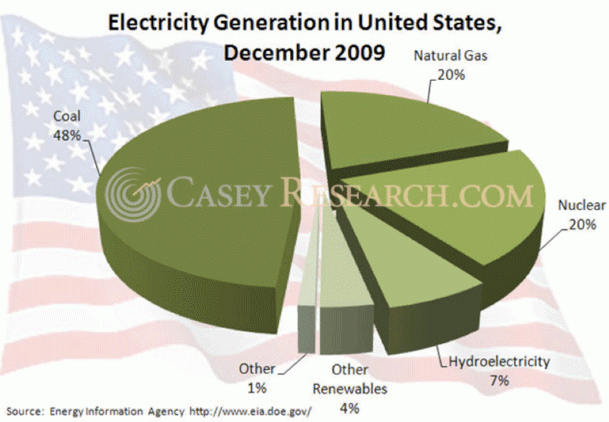Coal may not exactly be at the top of a list of things people “love,” but it’s also one of the most rapidly growing fuel sources in the world. Love it or despise it, exchange traded funds (ETFs) give you the opportunity to profit from the growing demand.
Coal is one of the world’s most widely used fuel sources on the planet. It’s broadly distributed with almost 70 countries having economically recoverable resources, and the energy found in it still exceeds that in all other fossil fuels combined. [Why Coal is Leading the Energy Sector.]
Some of the other reasons to have coal on your radar include:
- Despite its reputation as a major source of pollution, coal is poised to play a supportive role in the energy supply over the next 50 years. If you’re looking for an energy play, coal is much less volatile than oil and gas, which is why the commodity can withstand certain market climes, Joe Hung for Trader’s Narrative says. [Why Coal and Steel ETFs are Moving Together.]
- Steel demand is forecast to surge as emerging nations industrialize and developed ones rebuild their aging infrastructure. Metallurgical coal is used in the production of steel, and it commands a higher price.
- Surprise: China! Last year, China’s coal imports tripled and in March the country signed another multi-billion dollar coal supply contract. India is also furiously importing the material and broke records doing so last year.
For more stories about coal, visit our coal category.
- Market Vectors Coal ETF (NYSEArca: KOL): KOL is a global coal fund that has its heaviest weighting in coal mining and production companies (73.5%), while coal mining equipment, power generation, technology and transportation make up smaller portions of the fund. It has a 57.6% weighting in large caps and a 38.9% in mid-caps.

- PowerShares Global Coal Portfolio (NASDAQ: PKOL): PKOL has 29% of its weighting in the United States, while China follows with 20.5% of the weighting. Australia and Indonesia are also well-represented, with 18.8% and 16% of the weighting, respectively. It has a 64.5% weighting in large-cap stocks, slightly higher than KOL’s 57.6% weighting.

The opinions and forecasts expressed herein are solely those of Tom Lydon, and may not actually come to pass. Information on this site should not be used or construed as an offer to sell, a solicitation of an offer to buy, or a recommendation for any product.
